February Birthstone and Valentine's Favorite: Alluring Le Vian® Grape Amethyst™ and Cotton Candy Amethyst™
Known for its inviting and regal purple hue, amethyst is February’s birthstone and a versatile gem for year-round wear. A little-known fact is that amethyst is actually a prized variety of quartz, and is therefore extremely versatile, beautiful, and resistant to damage.
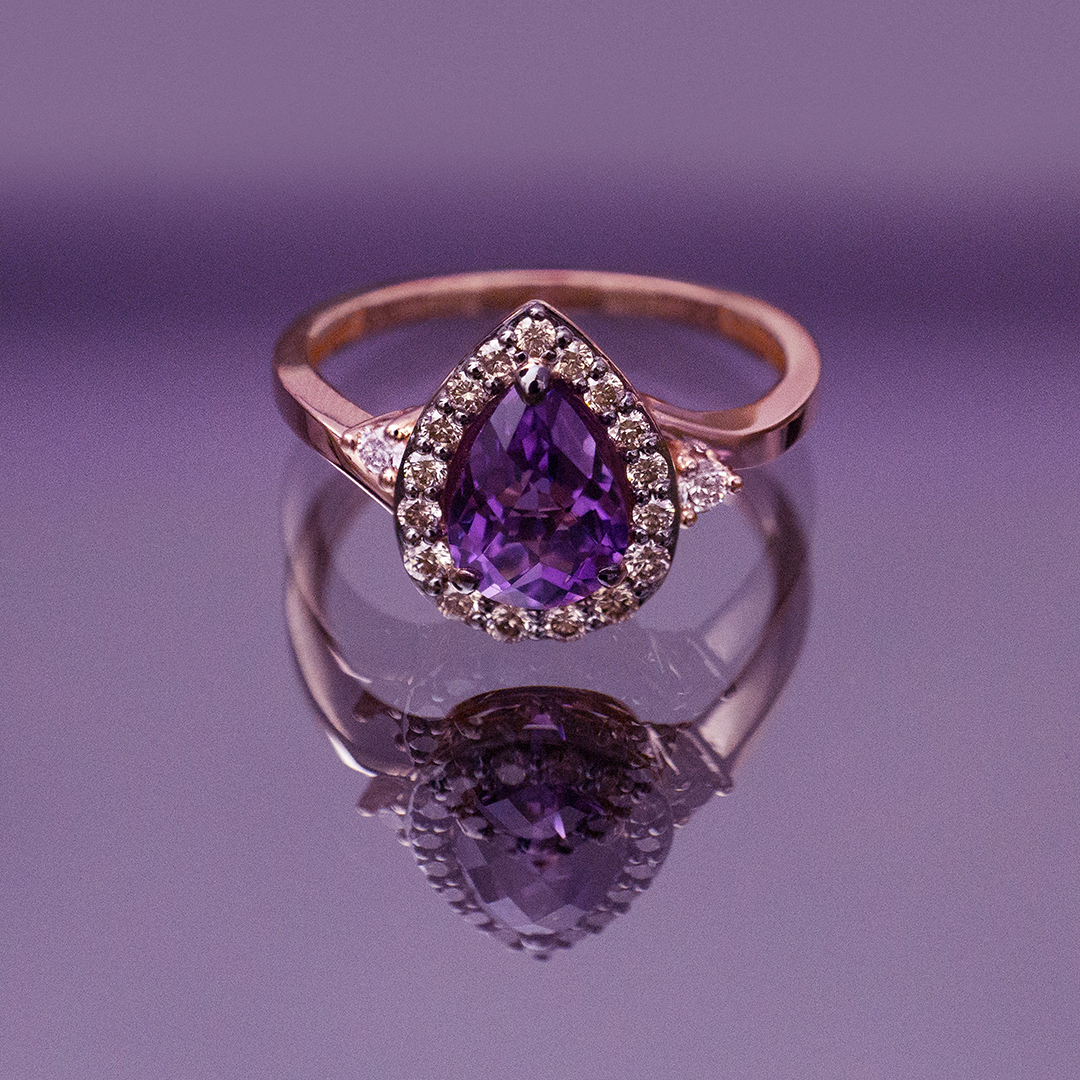
A Quartz Story
Amethyst is the birthstone for both the month of February and the star sign Pisces. With shades ranging from delicate pale lilac to deep intense violet, it is the most highly valued gem in the quartz family. Ordinary and extraordinary, colorful and clear, quartz crystals are the most abundant in the world, with amethyst reigning queen among them.
Throughout history, various types of quartz gems have been valued by nearly every civilization. As far back as Atlantis, the sun’s power was believed to be harnessed through a crystal as a source of solar energy refraction. It was used for diagnostic healing, meditations, spiritual development, as religious objects and to heal wounds, dispel evil, and bestow magical enchantments.
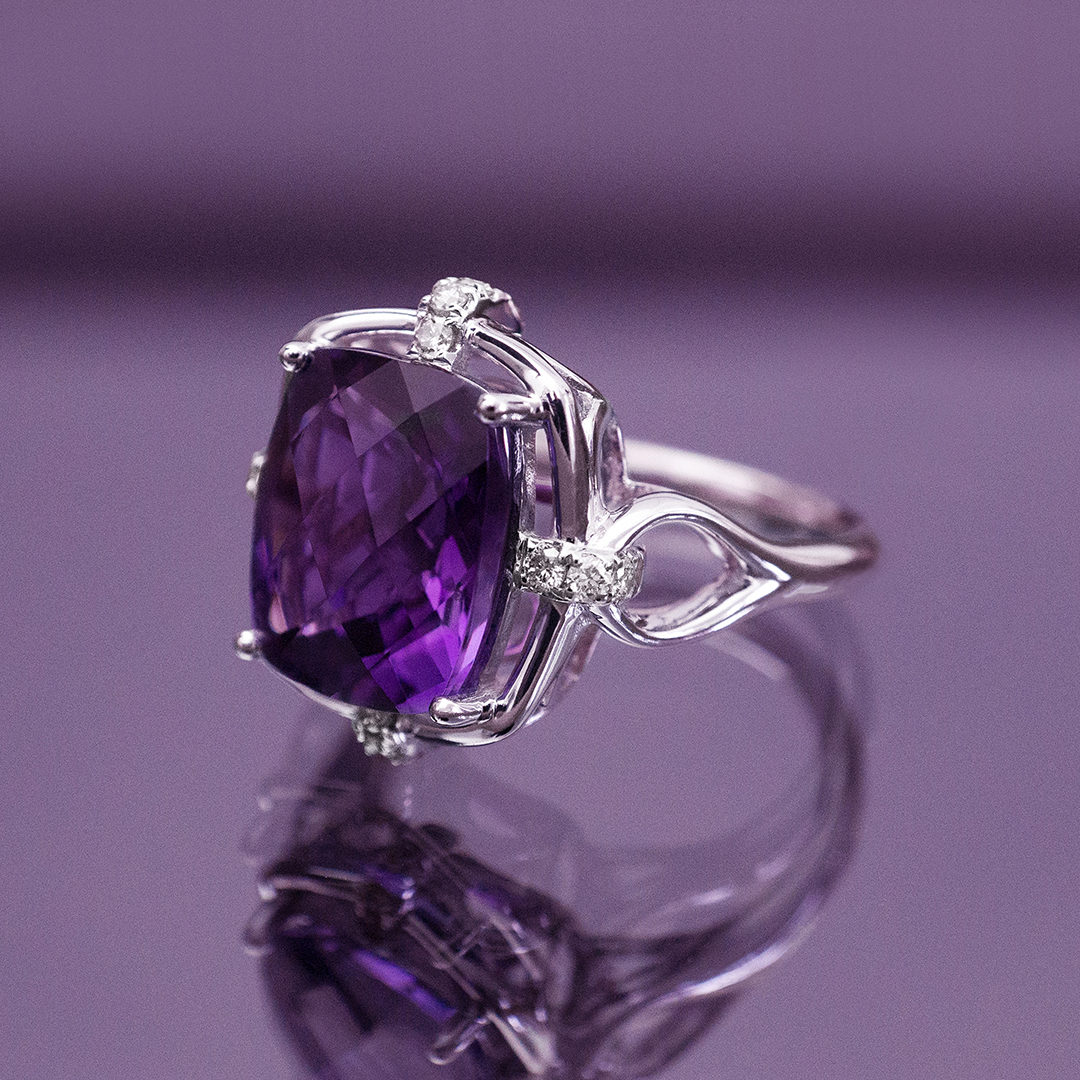
In the myth of Bacchus, the Roman god of wine, amethyst is said to prevent drunkenness (and its purple color is said to come from Bacchus’ pouring of wine onto the gem); in fact, the term amethystos translates to “not intoxicated” in Ancient Greek. By contrast, early Christians associated amethyst with God, with its unique violet color representing purity and chastity, or more literally, the blood of the savior. Byzantine-era amethysts belonging to kings have been found that contain crosses carved into them, further fortifying this idea. According to the GIA, “Fine amethyst adorns the fingers of bishops as well as the coronation regalia of British royalty.”
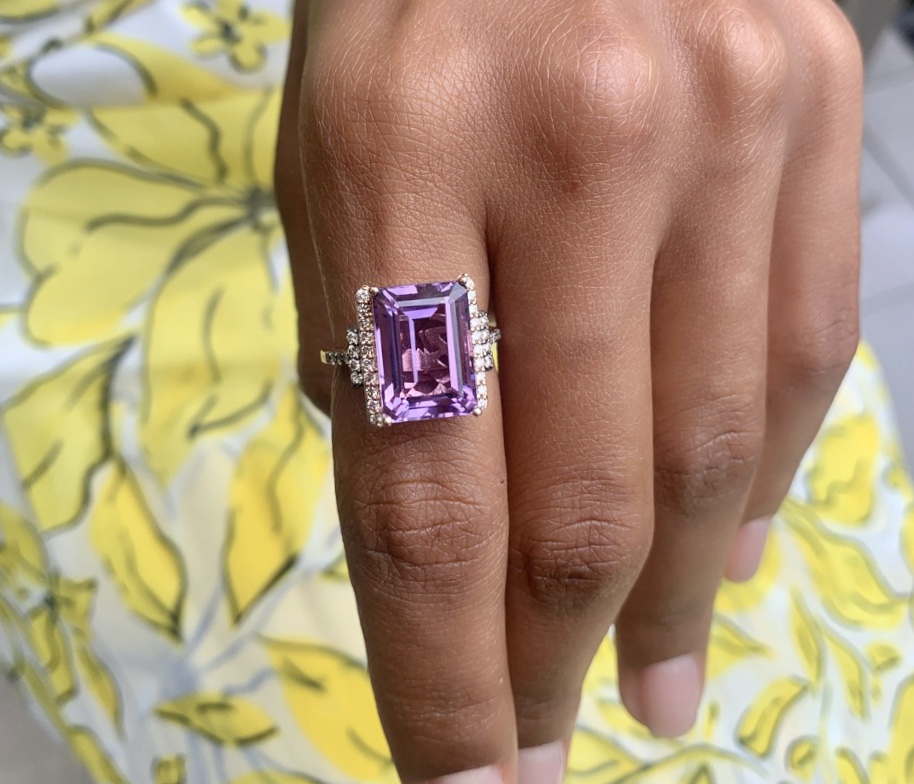
Aside from regal amethyst, the most common varieties of quartz are citrine, mint green quartz, smoky quartz, and rose quartz. On rare occasions, we see green amethyst, which can range from a light lime shade to a yellowish, grayish or brownish pale green. In house, our varieties include Le Vian® Cotton Candy Amethyst™ and Grape Amethyst™, each with unique color profiles and both of the utmost quality.
Properties and Popularity
Amethyst, the transparent violet variety of quartz, is the most sought after variety of quartz. This variety can be found in many parts of Africa and South America, with vast deposits discovered in Brazil in recent history. In Bolivia, amethyst and citrine naturally occur within the same quartz crystals, creating a beautiful hybrid called ametrine, akin to the "delicious" watermelon tourmaline. Amethyst is often considered an underappreciated stone, given its strong reputation throughout history and in the modern era, as well as its eternal beauty and uniqueness in hue with a glassy luster and deep saturation.
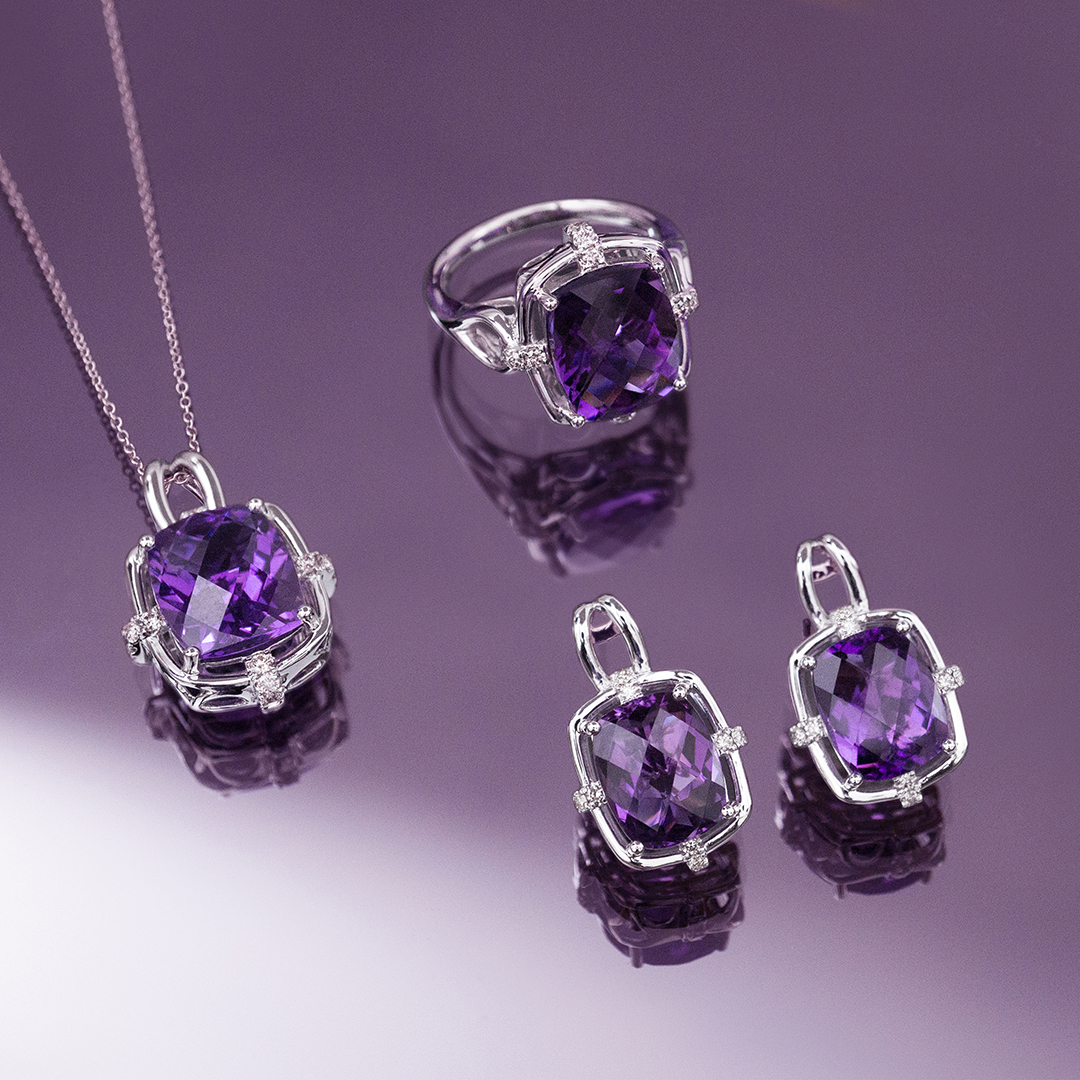
Amethysts usually come in a deep violet color, with possible flashes of pink in their finest qualities, down the color scale to a very light lavender. This elegant gemstone’s color range is caused by traces of iron in color-centers, the crystal lattices that comprise the stone. Quartz gemstones in general are traditionally heat treated after mining, and some are enhanced with benign types of irradiation, not unlike certain treatments for common foods. Amethysts can be found in all three types of rock formations: igneous, sedimentary, and metamorphic.
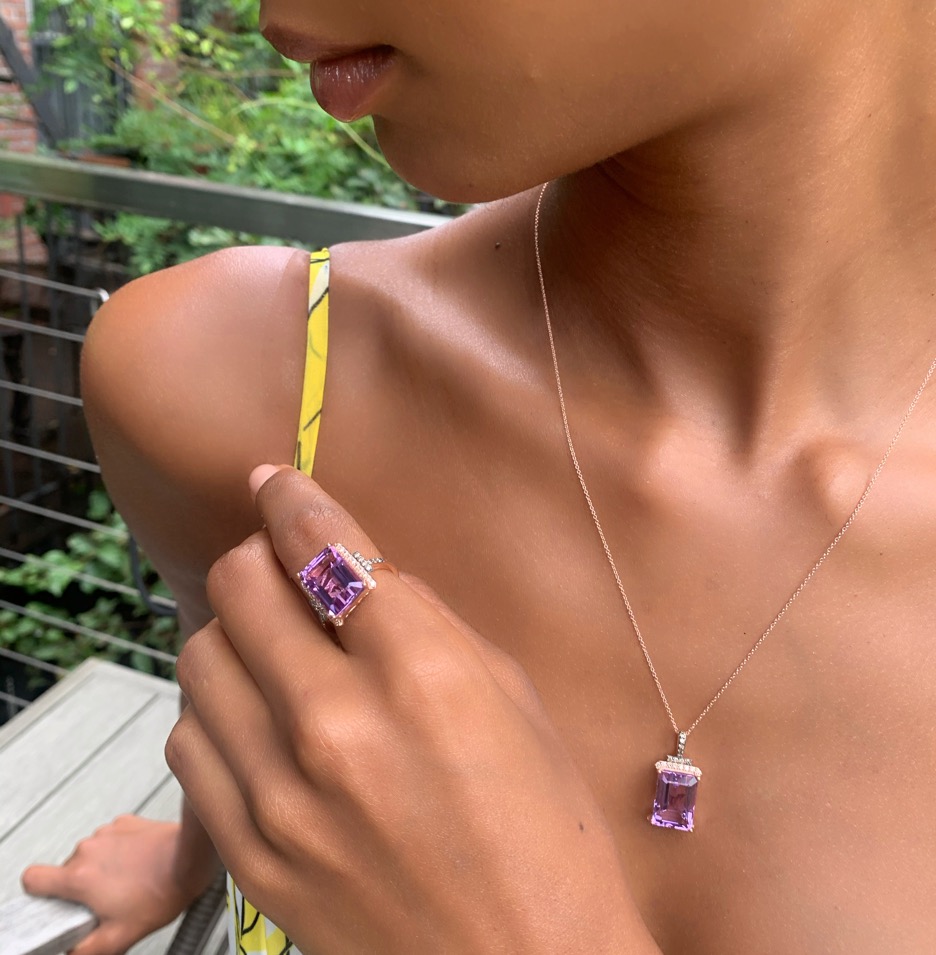
If your birthday is around the corner, good news lies ahead. Amethyst is the traditional birthstone for February as well as the stone representing the sixth and 17th wedding anniversaries. And perhaps the most notable marker of this month? Valentine’s Day. According to the International Gemological Society, “On the subject of February, according to legend, St. Valentine wore an amethyst ring carved with Cupid’s likeness. This may seem an unlikely pairing, given the gem’s reputation for calming passions. However, keep in mind that in Medieval times, chaste love was highly valued as true love. Amethysts signified this vision of love.” No wonder this gem is so coveted.
Care and Storage
When purchasing fine jewelry, true collectors like to know they are investing in the best. Amethyst is an excellent choice for a lifetime of wear, as it is a durable and relatively hard stone, and does not break easily by cleavage. When incorporated in jewelry, it can be cut with facets, as a cabochon, bead, or tumbled stone. No matter how your amethyst has been designed, when not being worn, it should always be stored in a location that keeps pieces separated from each other, and away from heat, direct sunlight, and excessive moisture. An amethyst or any other fine jewelry piece should never be left on a dresser near a window so as to avoid direct sun exposure. Proper storage, as with cleaning and maintenance, will help ensure all Le Vian® jewelry, including Cotton Candy Amethyst™ and Grape Amethyst™, stays as stunning as the day it was purchased.

We can ensure that you can find your personality in just the right amethyst. The Le Vian collection of amethyst pieces includes a wide range of classic and modern designs, including sleek, deep-colored bracelets in Grape Amethyst™ and elegant rings in more understated Cotton Candy Amethyst™ accented by 14K Strawberry Gold®.
